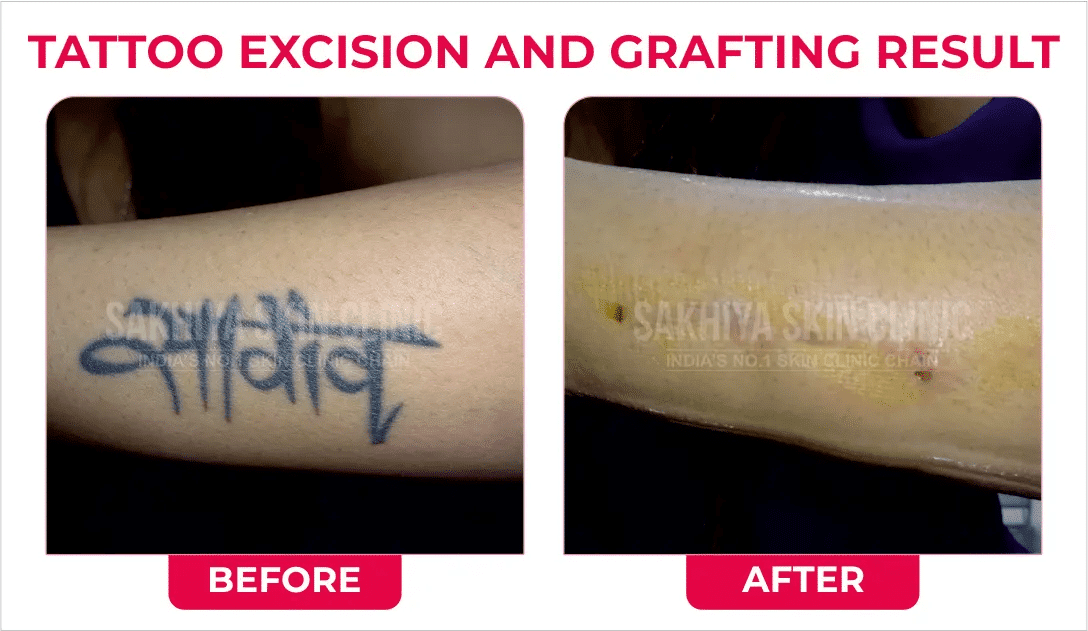Tattoo Excision And Grafting
There are many procedures that remove unwanted tattoo. One of them is to remove it surgically. This involves cutting out the skin that has the tattoo. The edges are brought together and closed with stitches. But it best used for small tattoos and might leave a scar.
For larger tattoo after the skin is cut, new skin is grafted from other areas of the body mostly thighs and underarms. If the tattoos are particularly large, several procedures are done and carried out over a period of time.
Your surgeons will advice you on the post operative care.
Tattoo Excision:
- Description: This method involves surgically cutting out the tattooed skin. The edges are then stitched together to close the wound.
- Best for: Small tattoos, as larger ones can result in significant scarring and require skin grafting.
Skin Grafting:
-
Description: For larger tattoos, after excision, new skin is grafted from another area of the body, typically the thighs or underarms. The grafted skin covers the excised area.
-
Best for: Large tattoos where excision alone would leave extensive scarring.
- Scarring: Both excision and grafting involve breaking the skin, and some degree of scarring is inevitable.
- Pain: The procedures themselves can be painful, and there might be discomfort during recovery.
- Cost: Tattoo removal surgeries can be expensive, depending on the size and complexity of the tattoo.
- Time commitment: The procedures may require multiple sessions spread over several weeks or months.
Result
*Result may vary person to person.
